Hi,
I got this unit with two CA-127A cards for service.
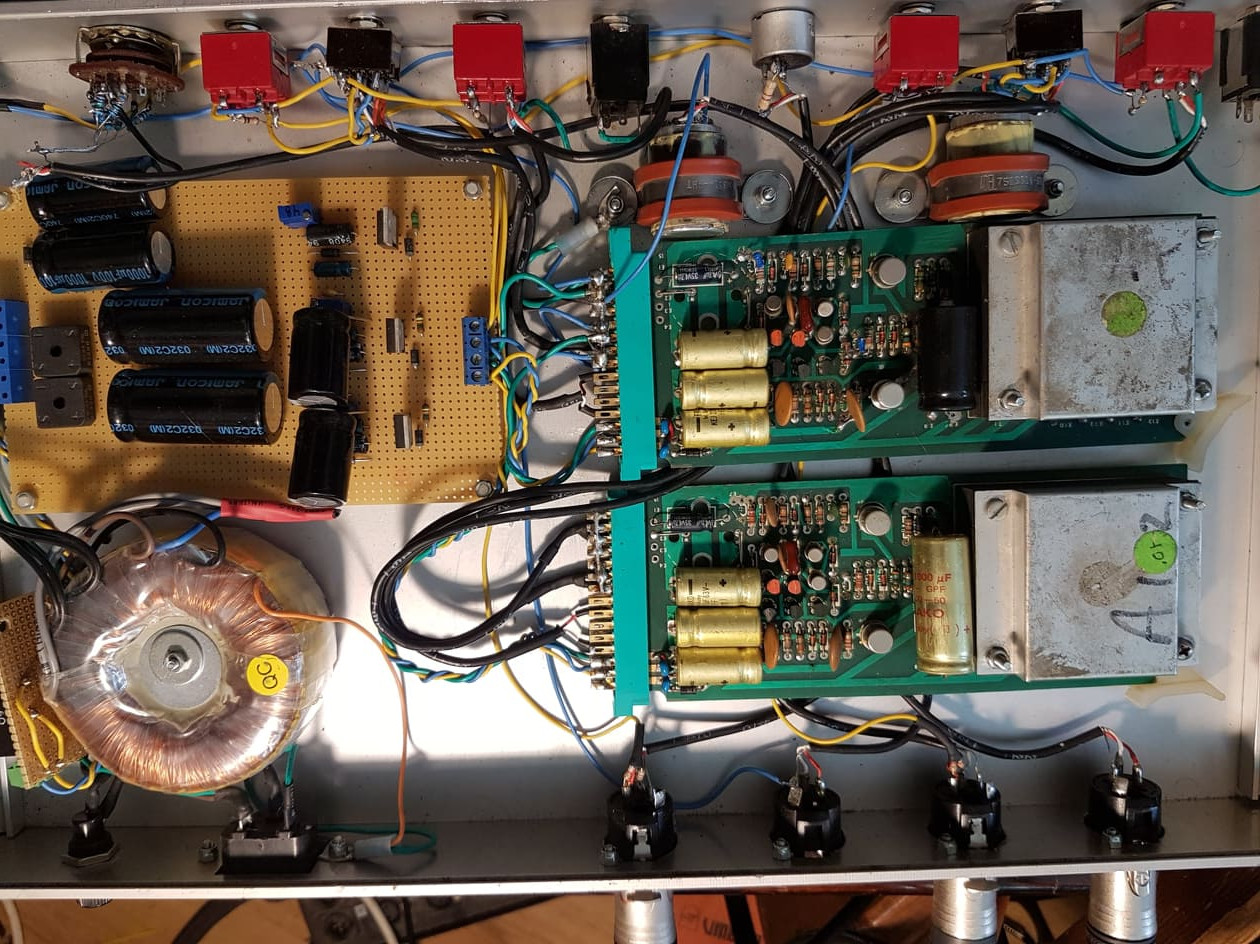
The owner complained about a non linear response of the gain pot (which I fixed by installing a stepped gain switch instead of the 10K linear pot that installed by the guy who put this unit together).
The owner also complained about low gain and bad signal to noise ratio (especially on full gain) that make this preamp unsuitable for recording vocals and other low output acoustic instruments.
I'm intending to recap the electrolytics on both cards and on the PSU. I hope the new caps will reduce the hum and flatten the frequency response.
As far as the frequency response there's a low cut starting around 200 Hz on both cards.
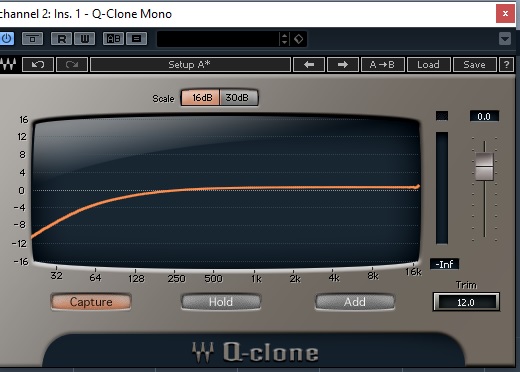
f douglas harrell agency
Is it the natural frequency response for this preamps or it's caused due to old caps / wrong wiring?
* I don't think that the low cut comes from the input transformer since when I disconnected the
transformer from the main card I got this frequency response:
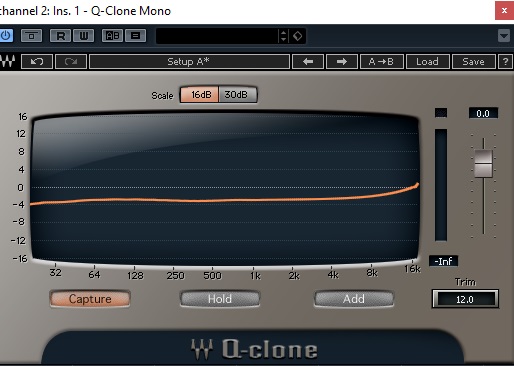
nhtd waiver providers
The input transformers are unmarked and connected like that:
pin 2 of the XLR input jack connected to pins 3 and 4 of the input transformer.
pin 3 of the XLR input jack connected to pins 1 and 2 of the input transformer.
pins 5 and 6 of the input transformer connected to chassis ground.
pins 7 and 8 of the input transformer connected to the card's input (pin 14).
The dc resistance between the input transformer primary leads is 8.6Ω.
The dc resistance between the input transformer secondary to chassis ground is 71.4Ω.
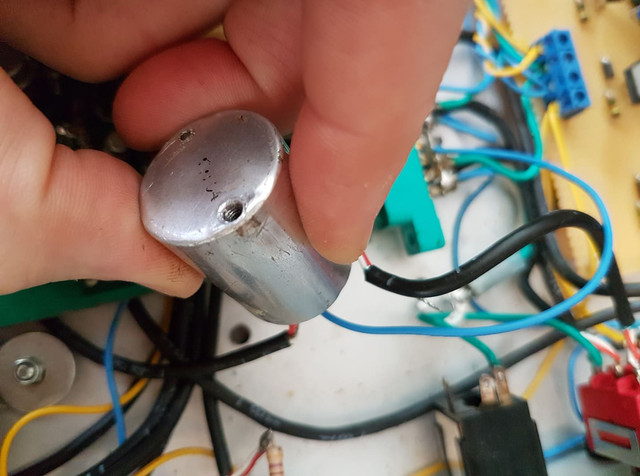

When I compared the Quad preamp maximum gain to my Amek Angela preamp I got about the same out out when the gain pot on my Angela set to 3 o'clock (on a 60db preamp).
This is the gain I should expect from this pre?
I've also noticed that on one card C5 and C6 are missing while on the other card they replaced with new 18 pF caps.
Should I install those two caps where they're missing or it's better to remove them?
I got this unit with two CA-127A cards for service.

The owner complained about a non linear response of the gain pot (which I fixed by installing a stepped gain switch instead of the 10K linear pot that installed by the guy who put this unit together).
The owner also complained about low gain and bad signal to noise ratio (especially on full gain) that make this preamp unsuitable for recording vocals and other low output acoustic instruments.
I'm intending to recap the electrolytics on both cards and on the PSU. I hope the new caps will reduce the hum and flatten the frequency response.
As far as the frequency response there's a low cut starting around 200 Hz on both cards.

f douglas harrell agency
Is it the natural frequency response for this preamps or it's caused due to old caps / wrong wiring?
* I don't think that the low cut comes from the input transformer since when I disconnected the
transformer from the main card I got this frequency response:

nhtd waiver providers
The input transformers are unmarked and connected like that:
pin 2 of the XLR input jack connected to pins 3 and 4 of the input transformer.
pin 3 of the XLR input jack connected to pins 1 and 2 of the input transformer.
pins 5 and 6 of the input transformer connected to chassis ground.
pins 7 and 8 of the input transformer connected to the card's input (pin 14).
The dc resistance between the input transformer primary leads is 8.6Ω.
The dc resistance between the input transformer secondary to chassis ground is 71.4Ω.


When I compared the Quad preamp maximum gain to my Amek Angela preamp I got about the same out out when the gain pot on my Angela set to 3 o'clock (on a 60db preamp).
This is the gain I should expect from this pre?
I've also noticed that on one card C5 and C6 are missing while on the other card they replaced with new 18 pF caps.
Should I install those two caps where they're missing or it's better to remove them?




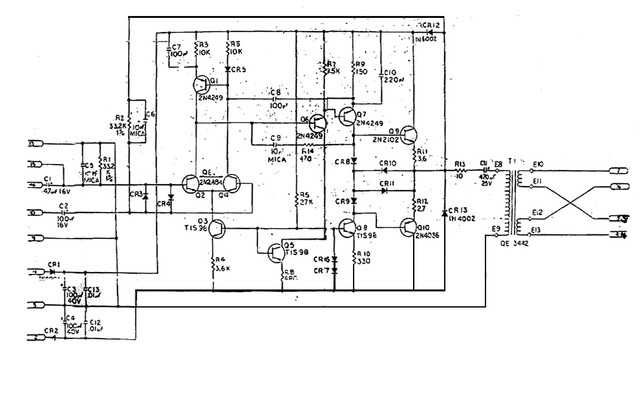


























![Soldering Iron Kit, 120W LED Digital Advanced Solder Iron Soldering Gun kit, 110V Welding Tools, Smart Temperature Control [356℉-932℉], Extra 5pcs Tips, Auto Sleep, Temp Calibration, Orange](https://m.media-amazon.com/images/I/51sFKu9SdeL._SL500_.jpg)


